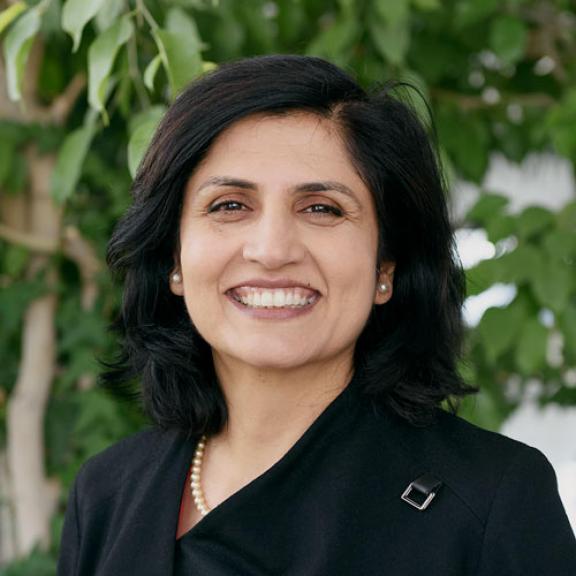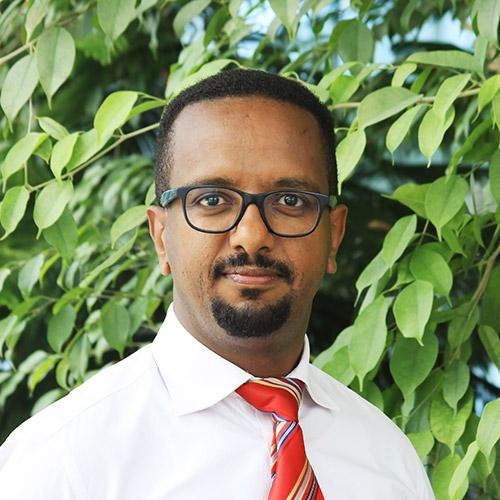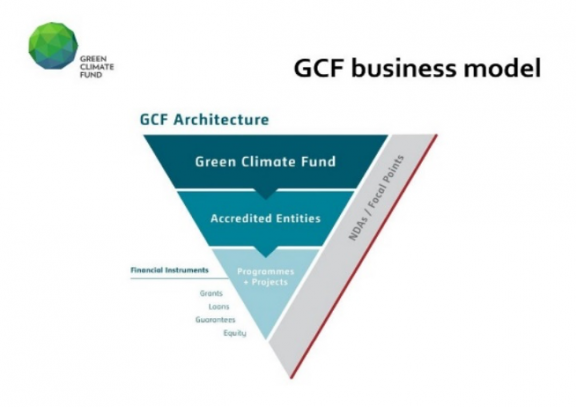Country ownership in times of international assistance - what are we learning?
The concept of ‘country ownership’ is a key attribute of all investments and projects that multilateral and international organizations have incorporated into their objectives and constitutions. The concept emerged as a dominant way of thinking in the late 1990s, when the focus of the international aid architecture began to shift from donor-driven decision-making towards empowering recipient countries, building their capacities and greater partnership.
In 2019, the Independent Evaluation Unit conducted an evaluation of the Green Climate Fund(GCF)’s country ownership approach. The evaluation also reviewed the standards and practices of other international organizations to benchmark. In this brief article, as principal authors of the evaluation, we summarize key findings and make recommendations.
We use the GCF as an example to illustrate key lessons relevant for the international assistance arena, including how international organizations should plan and deliver developmental, humanitarian and, more importantly, emergency assistance for countries.
Here are some of the key findings of the evaluation.
A lack of definition in favor of a flexible approach: Although country ownership is a core principle for accessing GCF money, the GCF has not clearly defined what country ownership means, opting instead for a more flexible concept. This means that country and global stakeholders interpret it differently. This is true for the practices of most other international organizations we reviewed as well.
Extending the definition of ‘ownership’ beyond state actors: Currently, country ownership essentially means an endorsement by national government ministries located in the capital city. This is clearly insufficient since investments in the area of climate and development also affect people outside of the capital, including those living in rural and remote areas.
Operationalizing country ownership: Most international organizations, including the GCF, use in-country focal points to liaise with for delivering projects. GCF’s interaction with countries and governments is done primarily through the National Designated Authorities (NDAs) or national focal points (see Image I). The GCF has successfully supported the establishment of NDAs in more than 150 eligible countries. In the GCF business model, NDAs provide written consent from the government for any investment that is being requested from the GCF. In theory, this is expected to ensure that GCF investments align with national plans and strategies. In practice, however, NDAs are considered especially weak when it comes to providing oversight when implementing projects approved by the GCF and engaging with the private sector. This weakness is worrisome especially given the dire need for private sector investments if we were to limit temperature increases to 1.5 degrees.
Dealing with trade-offs between country ownership and other objectives: Like other international organizations, the GCF has several different ‘competing’ objectives. Ensuring that investments are also helping to shift the paradigm in climate change is one of them. However, it is unclear how potential trade-offs or tensions between country ownership on one side and paradigm shift potential on the other are handled. What happens, for instance, if there is an investment proposal that is highly innovative and catalytic but is not country-owned? Conversely, what happens if a project coming from a country is well backed by the government but is not innovative or ambitious enough? Indeed, it is unclear how the GCF deals with these. Currently, the GCF does not have a way to determine these priorities and has not established a decision-making protocol, which leads to perceptions of a lack of transparency.
As an example, during the evaluation, stakeholders in the Pacific region averred that because of the urgency of climate change, especially in the Small Island Developing States (SIDS), these island States may opt to access resources more quickly, rather than to take the additional time and preparation resources to develop more paradigm-shifting projects. This represents a tension between country needs, country ownership and paradigm shift, which are all important considerations for GCF investment.
Recommendations for the GCF and the international aid community include the following.
- Empower: International organizations, including the GCF, need to help developing countries assume greater control over how they utilize and leverage international funds, especially as it deals with climate emergencies and investments. Encouraging a country to take greater ownership of investments will help build local management capacity, encourage greater cooperation between state and non-state players in international finance, encourage accountability among entities handling investments, embrace local knowledge for solving local problems and empower countries for future climate and other challenges.
- Extend beyond government actors and include non-state stakeholders: International assistance must engage with local and sub-national actors. Such non-state actors include the private sector and civil society organizations, community groups, associations representing gender and social inclusion interests and local governments, among others.
- The use of in-country systems for public finance management, procurement and results monitoring needs to be explicitly encouraged. This will enable capacity building over the long run and empower countries. Additionally, international organizations need to work far more closely with countries to develop a trusting relationship that consistently values local contextual knowledge.
- International agencies should be provided incentives (through standards, prioritization or financial incentives) to co-develop and co-implement investments with local, accredited entities. This will effectively build local capacity and ensure that international accredited entity investments are more country-led.
- Improve transparency by promoting the public release of documents relating to country programmes and annual performance reports.
This post first appeared in the April 16th edition of the Korea Herald. The views expressed in this guest blog are the authors' own and do not necessarily reflect the views of the Independent Evaluation Unit of the Green Climate Fund.
Have thoughts about country ownership? Or want to ask Jo or Solomon a question? Follow us on Twitter or leave a comment on the Korea Herald website.
The Korea Herald: @TheKoreaHerald
The Independent Evaluation Unit, Green Climate Fund: @GCF_Eval
Dr. Jyotsna Puri (Jo): @Jo_Puri
Dr. Solomon Asfaw: @SolAsfaw
#IEUinthenews
Be sure to also check out our video introduction to country ownership and go behind the scenes of the evaluation!


